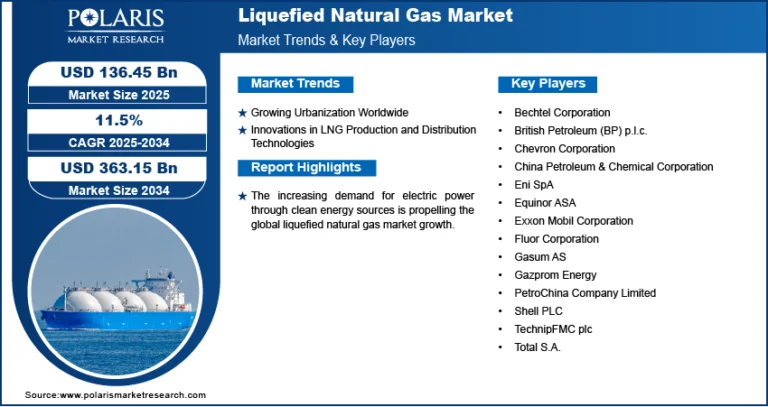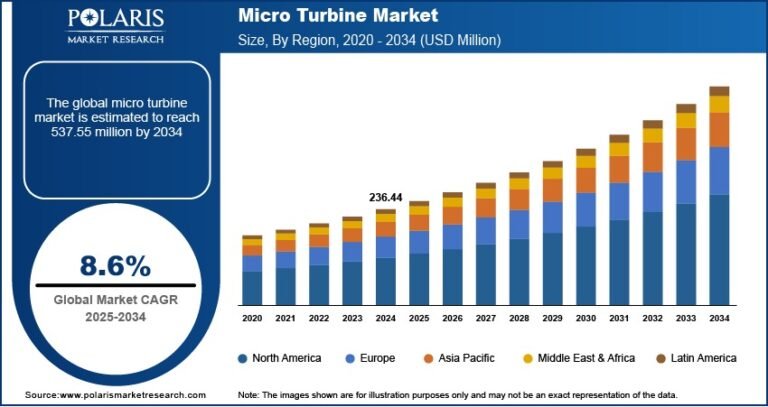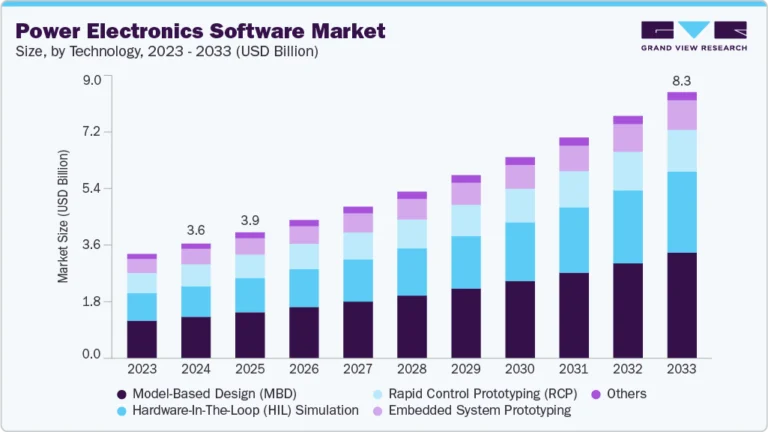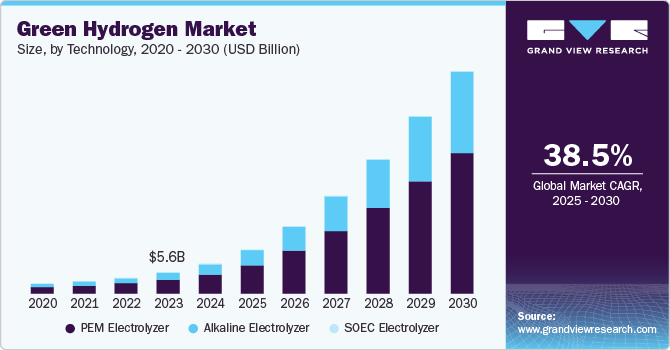Carboxymethyl Cellulose Market Size, Share & Trends Analysis growing at a CAGR of 4.4% from 2025 to 2030
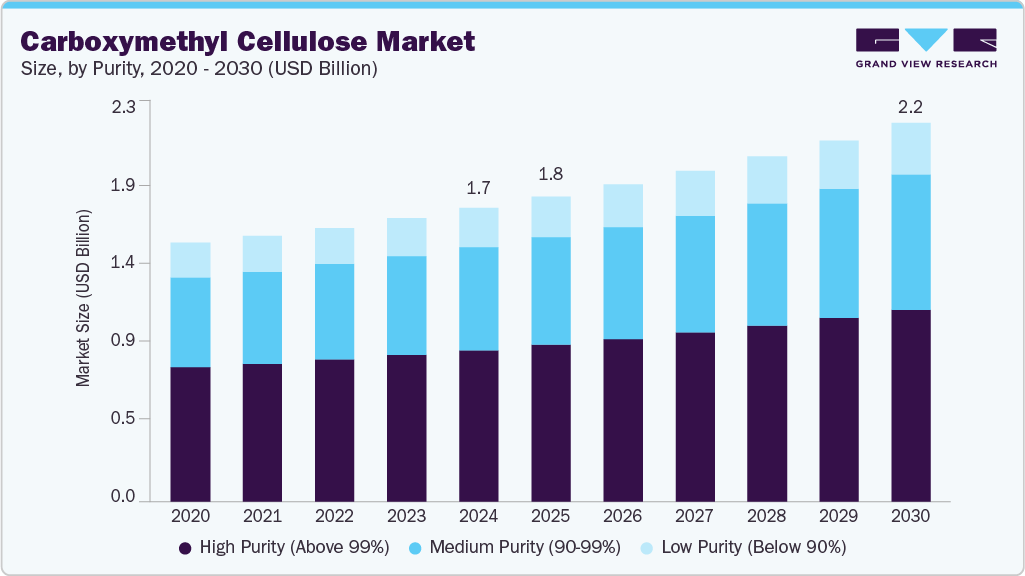
The global carboxymethyl cellulose market size was estimated at USD 1,731.2 million in 2024 and is projected to reach USD 2,229.8 million by 2030, growing at a CAGR of 4.4% from 2025 to 2030. The market is primarily driven by the growing demand for functional additives across food & beverages, pharmaceuticals, and personal care sectors.
Key Market Trends & Insights
- Asia Pacific dominated the carboxymethyl cellulose market with the largest revenue share of 40.7% in 2024.
- The market in China is expected to grow at a moderate CAGR of 3.8% from 2025 to 2030.
- By purity, the medium purity (90-99%) segment is expected to grow at the highest CAGR of 4.8% from 2025 to 2030 in terms of revenue.
- By end use, the oil & gas segment is expected to grow at the highest CAGR of 5.2% from 2025 to 2030 in terms of revenue.
Market Size & Forecast
- 2024 Market Size: USD 1,731.2 Million
- 2030 Projected Market Size: USD 2,229.8 Million
- CAGR (2025-2030): 4.4%
- Asia Pacific: Largest market in 2024
- Latin America: Fastest growing region from 2025 to 2030
Request a free sample copy or view report summary: https://www.grandviewresearch.com/industry-analysis/carboxymethyl-cellulose-cmc-market/request/rs1
Its superior thickening, stabilizing, and water retention properties make it a versatile choice for multiple industries. Additionally, the rising preference for plant-based and biodegradable ingredients is fueling its adoption, particularly in clean-label food and sustainable personal care formulations. Industrial End Uses in oil & gas and detergents further support consistent volume demand across global markets.
Emerging opportunities lie in the development of high-purity, pharmaceutical and food-grade CMC aligned with stringent regulatory standards, as well as the introduction of bio-based and sustainable CMC variants. Growth in vegan, gluten-free, and low-fat product categories is creating demand for CMC as a fat replacer and texture modifier. Furthermore, the expansion of end-use industries in emerging economies, along with increasing investments in R&D for novel End Uses such as 3D printing pastes, bioplastics, and advanced drug delivery systems, offers long-term market potential.
The market faces challenges related to the price volatility of raw materials such as cellulose and caustic soda, which directly affect production costs and profit margins. Additionally, regulatory scrutiny concerning the use of synthetic or chemically modified ingredients in food and pharmaceuticals may impact adoption in certain regions. Competition from alternative hydrocolloids like guar gum, xanthan gum, and microcrystalline cellulose, which offer similar functionalities at varying price points, also poses a competitive threat.

